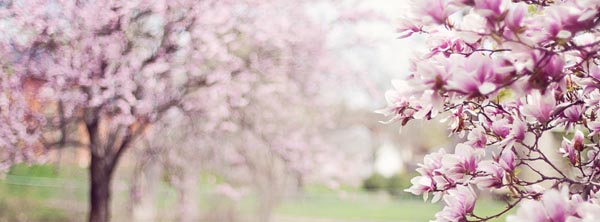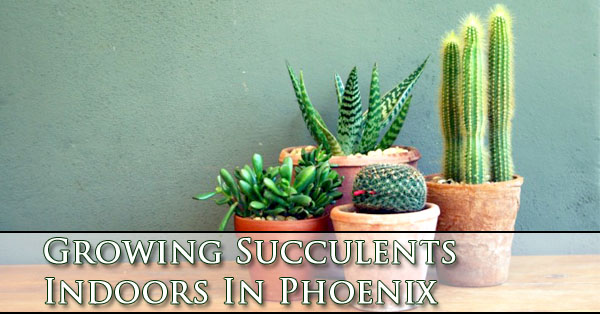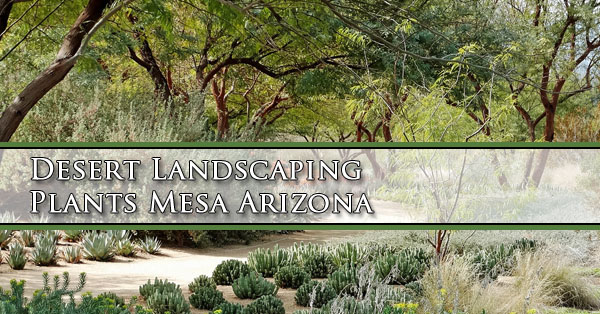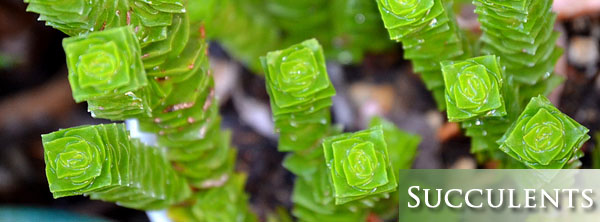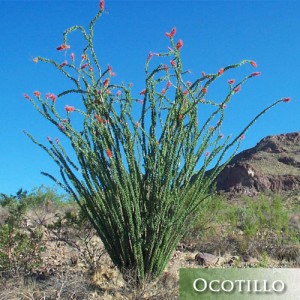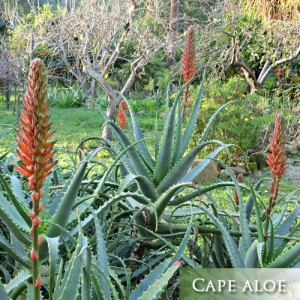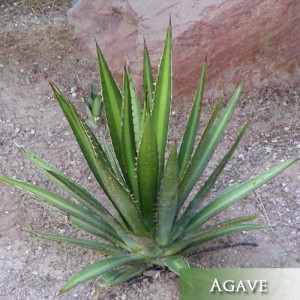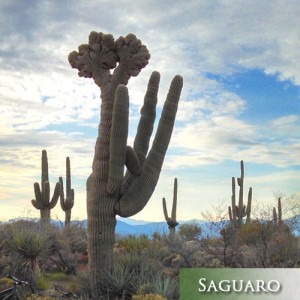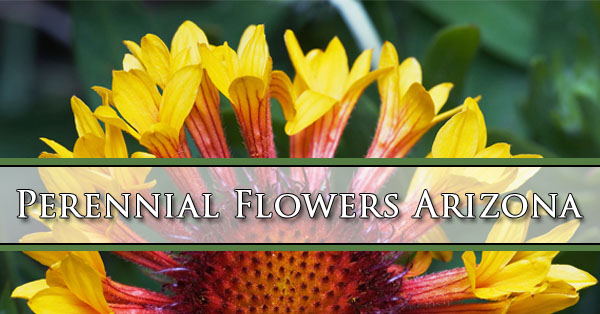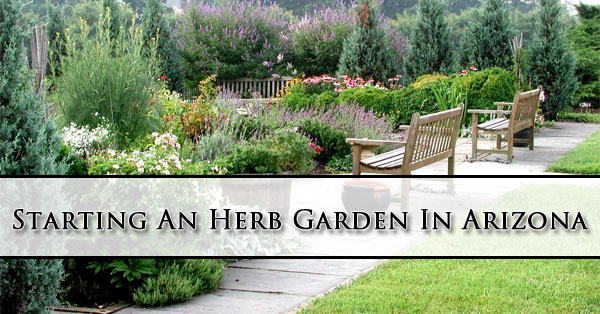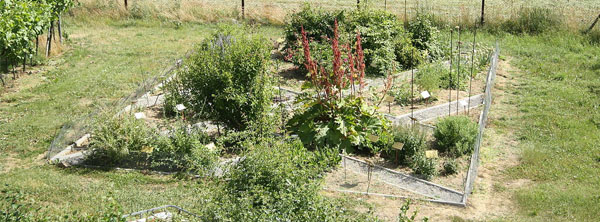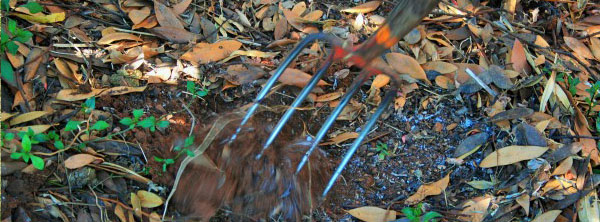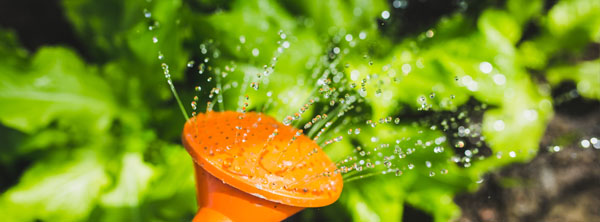
Desert Gold peach trees bear a large amount of medium sized blushing yellow peaches. They produce fruit from about May until September, depending on weather. These trees can grow as high as 30 feet tall, and an equal width. These trees need full sun, so choosing a sunny location to plant them is key. We have listed the steps below to help you plant your Peach tree in Arizona. One of the best options for peach trees for our climate is the Desert Gold Peach Tree.
Testing The Soil
Different kinds of plants do better in different types of soil. The pH level of soil is a measure of the acidity and alkalinity of the soil. In the case of the Desert Gold Peach tree you will want soil that is around 6.5 pH. Testing the soil before you run to your local nursery and simply start digging a hole is important to give your tree the best conditions to grow in. If your soil pH is too high you can add some aluminum sulfate or sulfur which will lower the pH. If the pH is too low you can add lime to the soil to bring it back up. Depending on your soil tests you will know about how much to add based on the guides on the bag of lime or aluminum sulfate. Simply lay the minerals on the soil and till the ground into the top few inches of the soil.
Digging The Hole
While it may seem straight forward to dig the hole the depth and width of the root ball, you need to make sure that the hole is about 4 times as wide as the balled up root system. After you set the tree in the hole you will want to spread the roots out. Put about half the soil back in on top of the roots and water the tree until the soil is soaked. Place the remaining soil back in the hole and give it another good long soak. This will help settle the soil around the roots and the bulb of the tree. Due to the size these trees can achieve you will want to make sure you space these trees at least 20 feet from other trees and structures.
Fundamental Fertilization
About 6 weeks after planting your tree you will want to use about a half a pound of 10-10-10 fertilizer. Start at about 20 inches from the trunk of your tree and lay the fertilizer on top of the soil, then work outward and cover the area. Do the same in the spring and early summer to give the ground what it needs for your peach tree. After the third year you should add 1 pound of nitrogen every year before the new growth appears.
Watering The Peach Tree
Watering should happen every few days for about 20 minutes during the warmer months of the year. During the cold months watering can be cut down to every couple of weeks. Cooler weather and good rainfall cut down on the need for watering. Extreme summer heat in Phoenix needs to be offset with more frequent watering and should be done at least twice a week.
Peach Trees For Sale In The East Phoenix Valley
If you are considering planting a peach tree or any kind of fruit tree and want the best guidance in choosing the tree the experts at A&P Nursery have the knowledge to get you under way. In addition to selling the trees and plants there are services available for planting your selections in your landscape for you and ongoing landscaping services to simply your life. Call or visit one of the 4 locations in the East Valley.
A & P Nursery
40370 N. Gantzel Rd.
Queen Creek, AZ 85240
480-655-5789
A & P Nursery
2645 W. Baseline Rd.
Mesa, Arizona 85202
480-839-5362
A & P Nursery
6129 E. Brown Rd.
Mesa, Arizona 85205
480-396-8800
A & P Nursery &
Lawnmower Shop
2601 E. Baseline Rd.
Gilbert, Arizona 85234
480-892-7939





